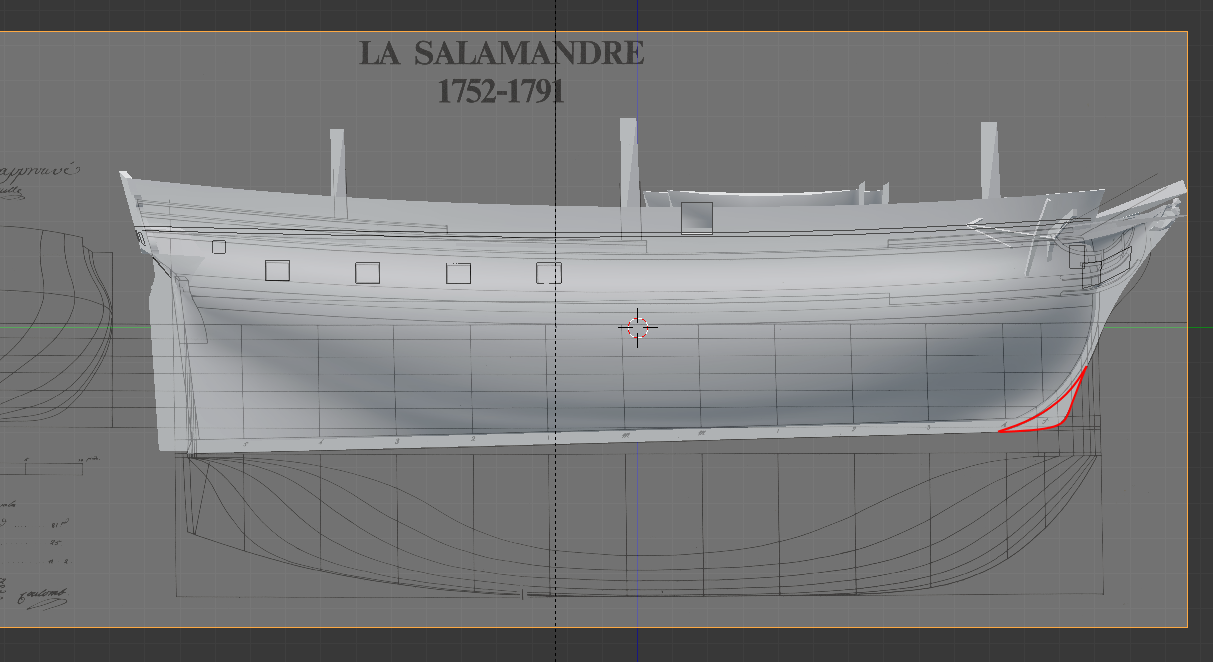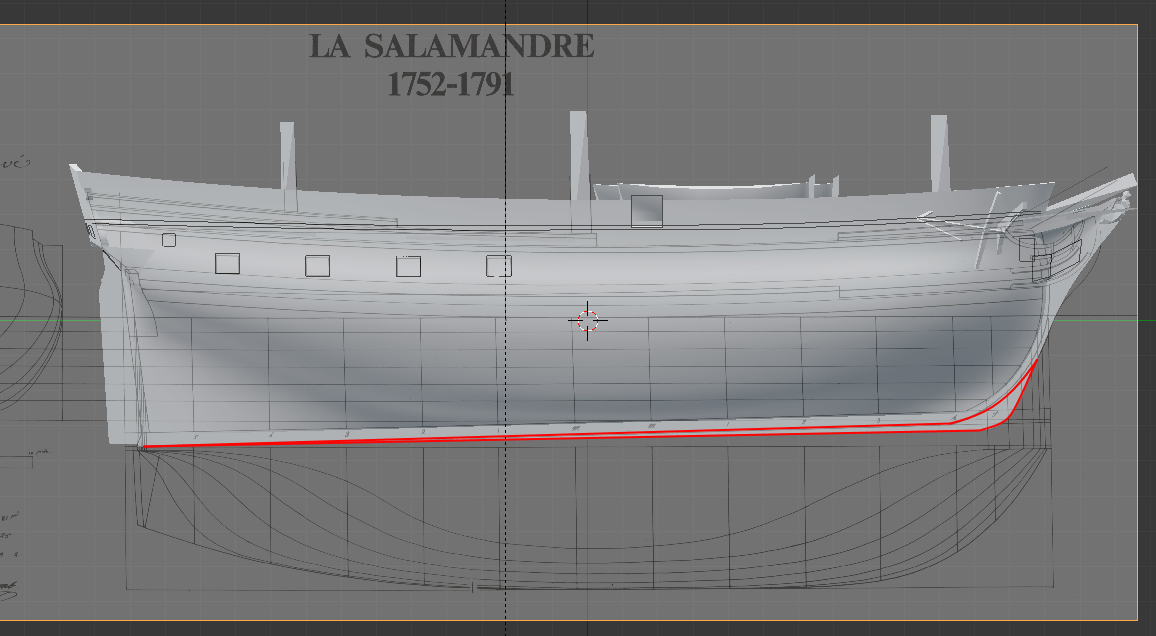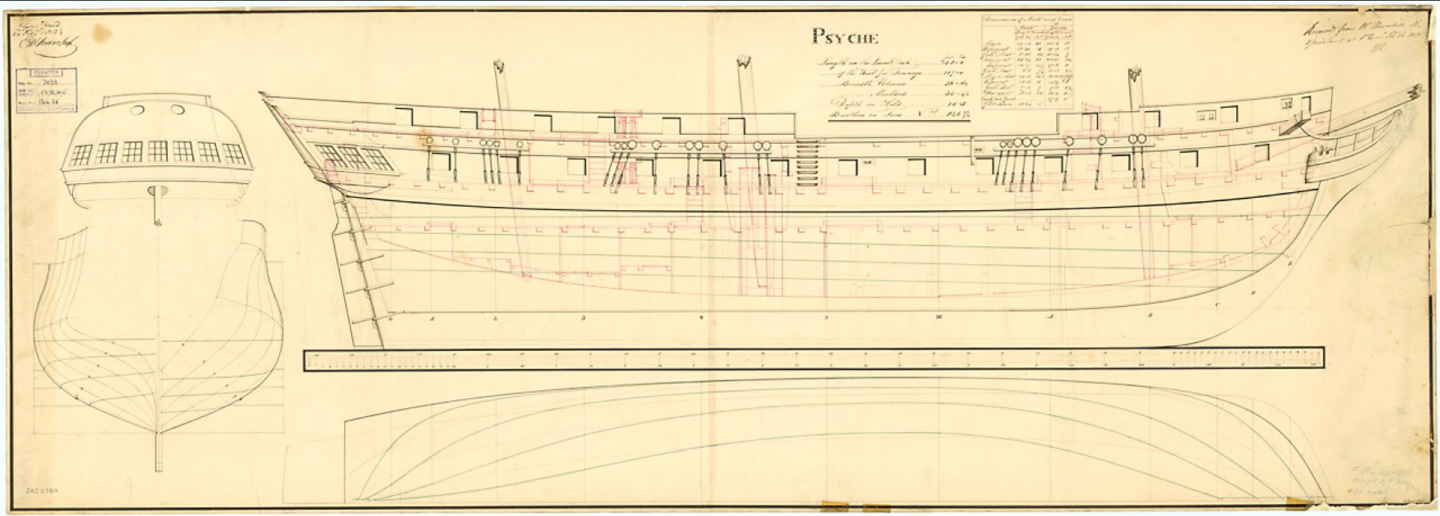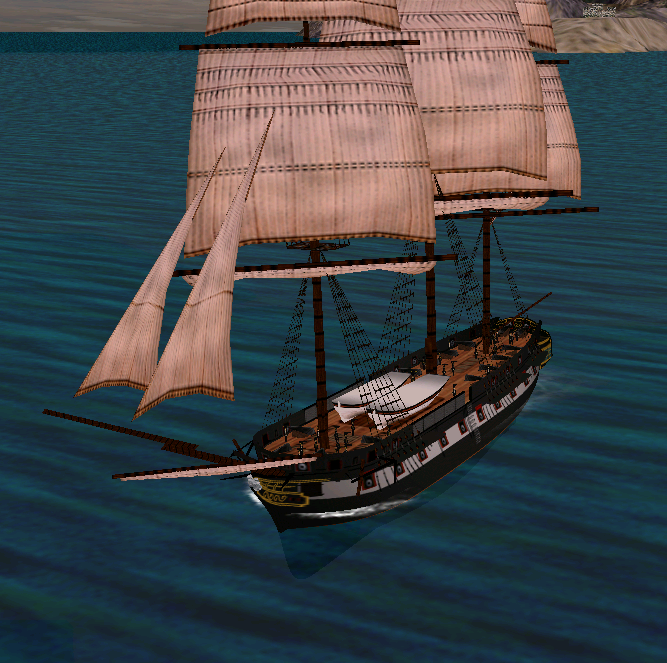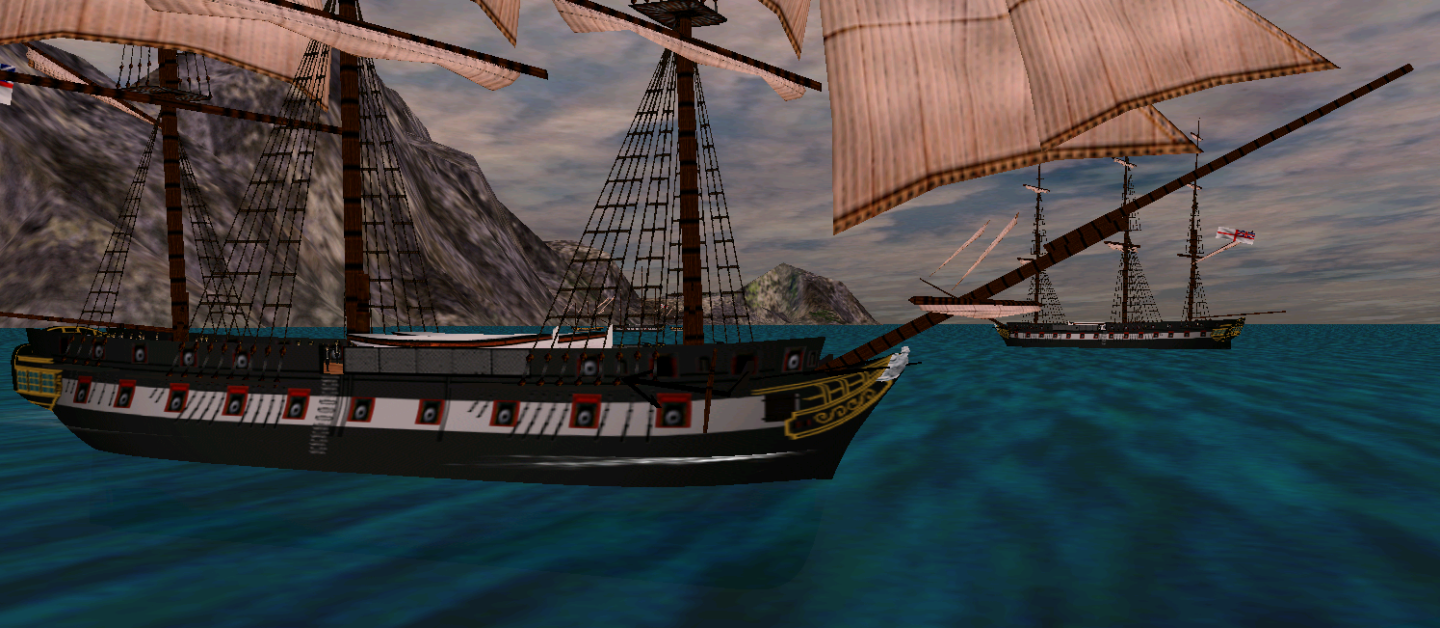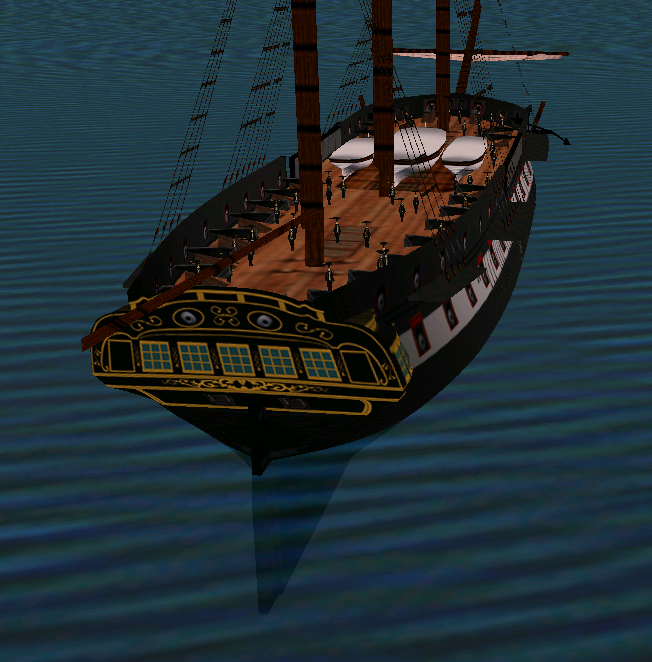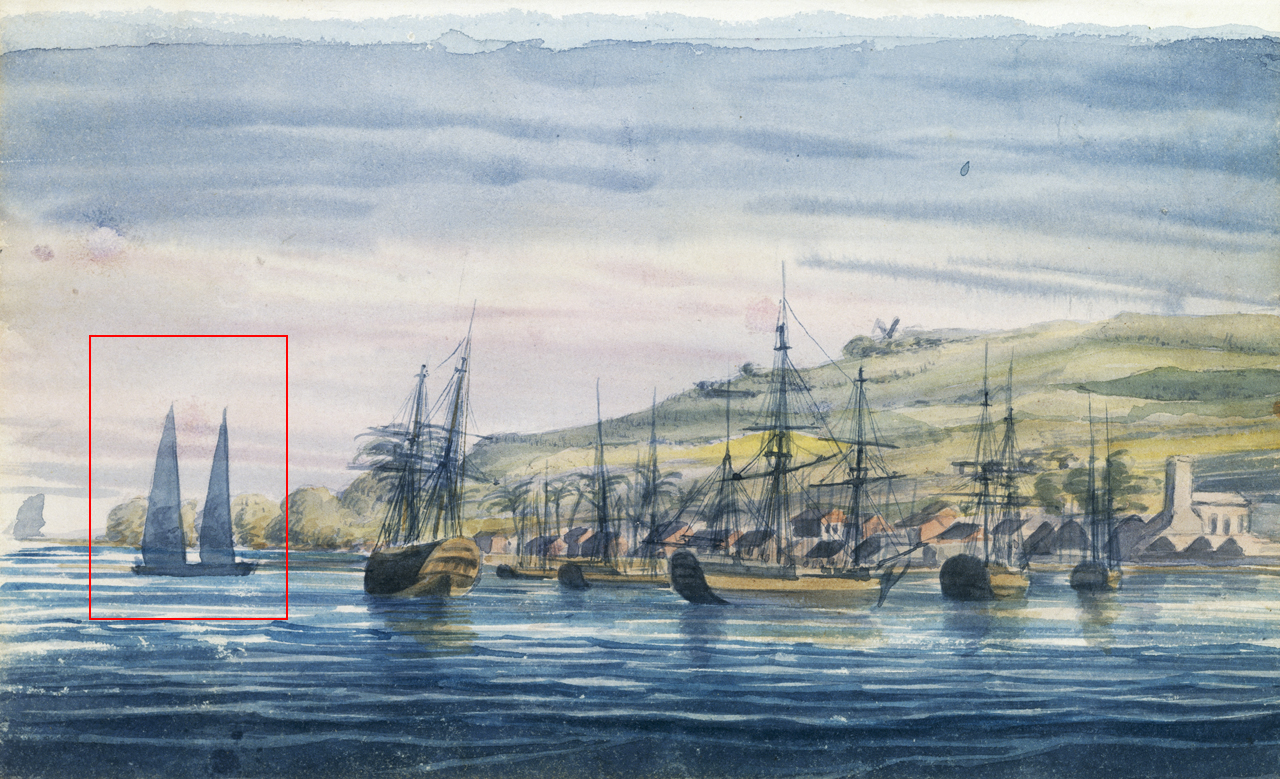-
Posts
808 -
Joined
Recent Profile Visitors
The recent visitors block is disabled and is not being shown to other users.
-
 mtaylor reacted to a post in a topic:
Age of Sail 2 - 3d ship models for PC wargame
mtaylor reacted to a post in a topic:
Age of Sail 2 - 3d ship models for PC wargame
-
 Martes reacted to a post in a topic:
Age of Sail 2 - 3d ship models for PC wargame
Martes reacted to a post in a topic:
Age of Sail 2 - 3d ship models for PC wargame
-
 mtaylor reacted to a post in a topic:
Age of Sail 2 - 3d ship models for PC wargame
mtaylor reacted to a post in a topic:
Age of Sail 2 - 3d ship models for PC wargame
-
 mtaylor reacted to a post in a topic:
Age of Sail 2 - 3d ship models for PC wargame
mtaylor reacted to a post in a topic:
Age of Sail 2 - 3d ship models for PC wargame
-
 mtaylor reacted to a post in a topic:
Age of Sail 2 - 3d ship models for PC wargame
mtaylor reacted to a post in a topic:
Age of Sail 2 - 3d ship models for PC wargame
-
 Martes reacted to a post in a topic:
Age of Sail 2 - 3d ship models for PC wargame
Martes reacted to a post in a topic:
Age of Sail 2 - 3d ship models for PC wargame
-
Thanks, Gerard! So do I understand correctly: - when such a report was submitted, with a captain's request of adding a false keel because the ship is leewardly, the (Toulon) dockyard would most probably simply add ~15 cm parallel to the existing keel, and be done with it? - if the design was, for any reason, repeated a decade or two later, this additional false keel would be included, but the underwater shape of the cutwater forward would essentially remain the same?
-
Concerning the Salamandre, I asked a friend who knows French much better than myself to translate the handwritten report that is present in the book. And I was very surprised with the result. I half expected it to be very similar to the one for Etna I posted above, but... Which he translated as: The question (primarily for @G. Delacroix ) is therefore, how to add a correct false keel and gripe per French practice. The ship has relatively pronounced inclination aft, so adding a full false keel that is parallel to the original would increase the draft, which I am not sure would have been welcome. Tentatively, I looked at several contemporary ships after British refits (Embuscade, Unicorn series, which were copies of the privateer Tygre, the corvette Cygnet, ex-Guirlande), which usually did not extend the keel, but added a very dinstinctive gripe, and did the same: Another way I thought of was adding a triangular false keel that wouldn't increase the draught aft, but increase to certain degree the draught forward. And then there is always a possibility to add a full false keel similar to the Psyche, but at a cost of increasing overall draught: What would be the most correct here?
-
 3DShipWright reacted to a post in a topic:
Age of Sail 2 - 3d ship models for PC wargame
3DShipWright reacted to a post in a topic:
Age of Sail 2 - 3d ship models for PC wargame
-
 CDR_Ret reacted to a post in a topic:
Age of Sail 2 - 3d ship models for PC wargame
CDR_Ret reacted to a post in a topic:
Age of Sail 2 - 3d ship models for PC wargame
-
 Seventynet reacted to a post in a topic:
Age of Sail 2 - 3d ship models for PC wargame
Seventynet reacted to a post in a topic:
Age of Sail 2 - 3d ship models for PC wargame
-
 Martes reacted to a post in a topic:
HMS Indefatigable 1794 by Blue Ensign - FINISHED - Vanguard Models - 1:64 scale
Martes reacted to a post in a topic:
HMS Indefatigable 1794 by Blue Ensign - FINISHED - Vanguard Models - 1:64 scale
-
 Martes reacted to a post in a topic:
HMS Indefatigable 1794 by Blue Ensign - FINISHED - Vanguard Models - 1:64 scale
Martes reacted to a post in a topic:
HMS Indefatigable 1794 by Blue Ensign - FINISHED - Vanguard Models - 1:64 scale
-
 Martes reacted to a post in a topic:
HMS Indefatigable 1794 by Kevin - Vanguard Models - 1:64 - Feb 2023
Martes reacted to a post in a topic:
HMS Indefatigable 1794 by Kevin - Vanguard Models - 1:64 - Feb 2023
-
 Martes reacted to a post in a topic:
HMS Indefatigable 1794 by Kevin - Vanguard Models - 1:64 - Feb 2023
Martes reacted to a post in a topic:
HMS Indefatigable 1794 by Kevin - Vanguard Models - 1:64 - Feb 2023
-
 Martes reacted to a post in a topic:
HMS Indefatigable 1794 by Kevin - Vanguard Models - 1:64 - Feb 2023
Martes reacted to a post in a topic:
HMS Indefatigable 1794 by Kevin - Vanguard Models - 1:64 - Feb 2023
-
 Martes reacted to a post in a topic:
HMS Indefatigable 1794 by Kevin - Vanguard Models - 1:64 - Feb 2023
Martes reacted to a post in a topic:
HMS Indefatigable 1794 by Kevin - Vanguard Models - 1:64 - Feb 2023
-
 Martes reacted to a post in a topic:
HMS Indefatigable 1794 by Kevin - Vanguard Models - 1:64 - Feb 2023
Martes reacted to a post in a topic:
HMS Indefatigable 1794 by Kevin - Vanguard Models - 1:64 - Feb 2023
-
 mtaylor reacted to a post in a topic:
A time traveler?
mtaylor reacted to a post in a topic:
A time traveler?
-
 thibaultron reacted to a post in a topic:
A time traveler?
thibaultron reacted to a post in a topic:
A time traveler?
-
It is a point. The way I see it, she's about the size of the ships in the foreground, ~100 feet in length, and with comparable mast height. One of the first images google gives, of course I've seen it. But it's not comparable to the size of the depicted ship, nor the rig is close to proportion.
-
Thanks, I saw those small and early ones. What I am looking for are any depictions of very tall, modern-looking, schooners with gaffless triangular sails that can be with any confidence dated between 1750 and 1840.
-
Unfortunately, there is nothing decisive there as well. The examples given in the book show either small gaff, or divided sail, or sliding gunter (featured on Preble's gunboat), which is still separate from the mast. That's the closest, but still not that.
-
Thanks, I checked those books. Unfortunately, there is no indication for similar ships, again, before mid-19th century. Every example before features at least a small gaff above, or the sail is actually divided to two.
-
First of all, it is a watercolor, indeed, hence the transparency. And second I think I was misunderstood a little. It wasn't a question of what this rig is. And I didn't even say it's impossible to have at the time, but just extremely rare and therefore worth a bit of exploration. What I was interested in are any additional documentation or depictions of this exact type of Bermudan schooners earlier than 1830, because I can't find any. Especially with this ratio of ship length to height of the masts. And yes, it was a joke about the time traveling, but still, the ship that we see differs from even from the Bermuda schooner in the third post, having considerably longer masts for shorter hull, and implying a very different hull form with an extended keel.
-
There are, unfortunately, very little depictions of ships with this kind of rig from 18th or early 19th century. This is dated 1843 and it's the earliest I could find, with earlier images being closer to this: Continuous triangular sails are extremely rare. I don't say it's impossible, but very curious nevertheless. Also note the height of the masts and the sails on the original image.
-
https://www.rmg.co.uk/collections/objects/rmgc-object-103243 View of Bridgtown and part of Carlisle bay in the Island of Barbadoes by Captain Edward Pelham Brenton, circa 1820 Was this type of rig already used? Because otherwise it looks kind of like a modern yacht
-
Captain of the Etna wrote: In the three months that I sailed her, I found that she steered perfectly well, that she carried the sail sufficiently and waved in the wind. Its most advantageous course is the closest with a fresh wind, she rarely fails to tack, with the wind ahead, and loses very little when tacking, the movements are very gentle and the mast only tires by its extreme height. At least that's what Google translate gives me I think a similar description for the Salamandre may be present on page 63 of the book, but the text is in handwriting and it's very difficult to make out with my very rudimentary knowledge of French terminology.
-
@Lieste, I had some thoughts if I can substitute the 6pdr (French) guns on Salamandre with 32-pounder carronades - after all the battery is relatively low, the ship framing is very heavy, but the basic establishment for a bomb vessel was 24-pounder carronades. And there should be something on the upper deck - 12-pounder carronades, maybe. Do you have any information about how a French-built bomb ketch would behave under sail? Speeds, maneuverability? The book says Etna was quite handy, while the handling of most of the British ships of this class was very lamented.
-
You have a config file, that indicates the hull model, the textures (damage set, colour per country, if you want it to by dynamic), the positions of masts, sails and flags. For Constitution that would be something like 44gfrigate_us.cfg Then you have a database (usrships.cfg), where you set up named entries, that contain the ship's data, weapons, etc, and references the cfg file. When constructing a scenario in the editor you insert an entry from a database. Of course, you can add/remove/copy/edit database entries.
About us
Modelshipworld - Advancing Ship Modeling through Research
SSL Secured
Your security is important for us so this Website is SSL-Secured
NRG Mailing Address
Nautical Research Guild
237 South Lincoln Street
Westmont IL, 60559-1917
Model Ship World ® and the MSW logo are Registered Trademarks, and belong to the Nautical Research Guild (United States Patent and Trademark Office: No. 6,929,264 & No. 6,929,274, registered Dec. 20, 2022)
Helpful Links
About the NRG
If you enjoy building ship models that are historically accurate as well as beautiful, then The Nautical Research Guild (NRG) is just right for you.
The Guild is a non-profit educational organization whose mission is to “Advance Ship Modeling Through Research”. We provide support to our members in their efforts to raise the quality of their model ships.
The Nautical Research Guild has published our world-renowned quarterly magazine, The Nautical Research Journal, since 1955. The pages of the Journal are full of articles by accomplished ship modelers who show you how they create those exquisite details on their models, and by maritime historians who show you the correct details to build. The Journal is available in both print and digital editions. Go to the NRG web site (www.thenrg.org) to download a complimentary digital copy of the Journal. The NRG also publishes plan sets, books and compilations of back issues of the Journal and the former Ships in Scale and Model Ship Builder magazines.


